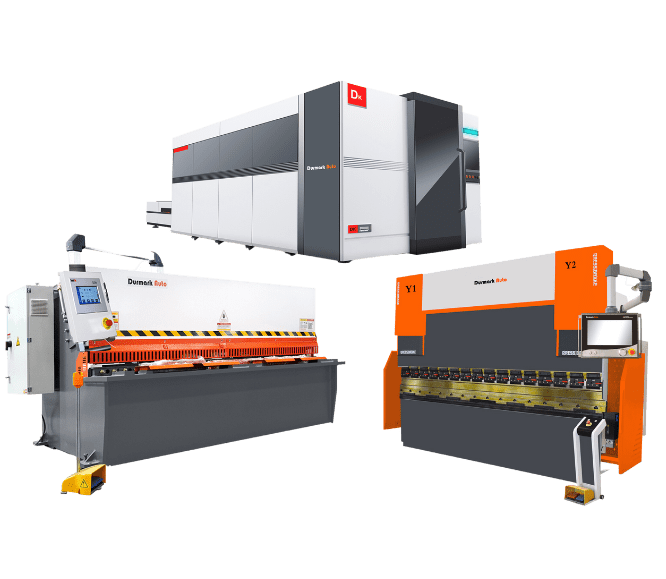
Request a Quote

Request a Quote

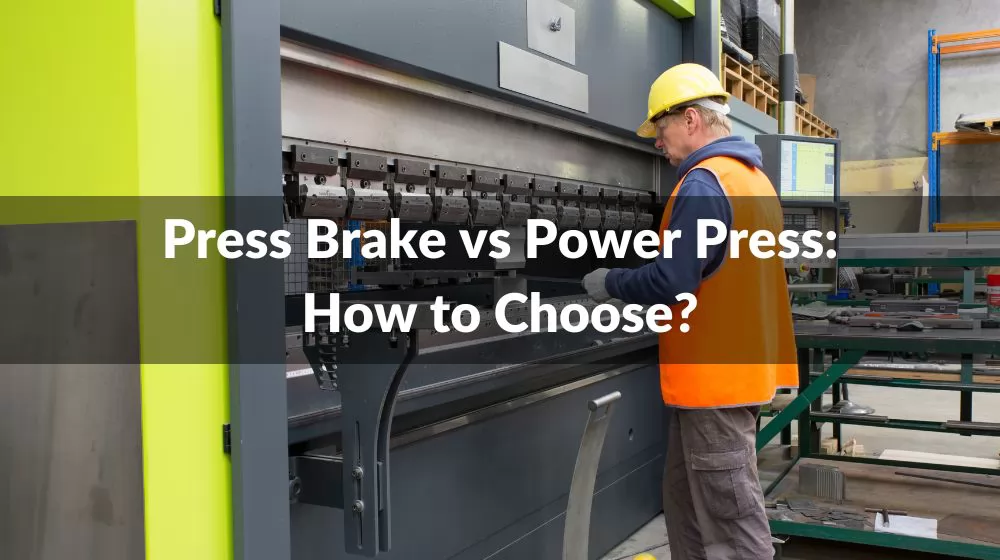
In the world of manufacturing and industrial operations, the choice of machinery is a decision that carries significant weight. Whether you are a small-scale workshop or a large-scale manufacturing facility, selecting the right machine for your specific needs is of paramount importance.This article will discuss whether to choose a press brake or a power press.
Table of contents:
One of the primary reasons for selecting the right machine is its impact on efficiency and productivity. A well-suited machine can perform tasks quickly and accurately, leading to increased production rates.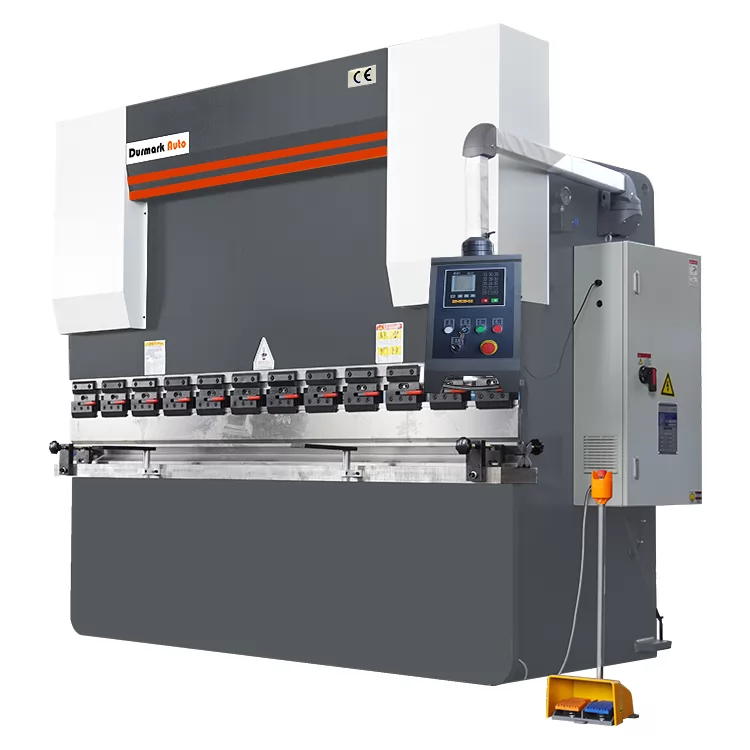
Matching the machine to the task at hand ensures that it operates at its optimum capacity, reducing the risk of overworking or underutilizing the equipment.
Selecting the right machine can lead to substantial cost savings in the long run. While it may involve a higher initial investment, the cost-efficiency over time can be significant.
The right machine reduces operational costs by minimizing energy consumption, reducing waste, and decreasing the need for frequent maintenance and repairs.
Safety should always be a top priority in any manufacturing environment. Choosing the right machine includes considering the safety features it offers.
Properly selected machines are designed with safety in mind, reducing the risk of accidents and injuries to operators. This not only protects your workforce but also avoids potential legal and financial liabilities.
Definition and Function:
A press brake is a mechanical or hydraulic machine designed to bend, shape, or form sheet metal and other materials. It achieves this by exerting force on the material, causing it to deform or bend to a specified angle or shape.
Press brakes are commonly used in industries such as automotive, aerospace, construction, and metal fabrication for tasks like forming brackets, panels, and enclosures.
Types of Press Brakes:
Press brakes come in several variations, including:
Hydraulic Press Brakes: These use hydraulic cylinders to apply force, providing precise control over the bending process. Hydraulic press brakes are favored for their accuracy and versatility.
Mechanical Press Brakes: Mechanical press brakes use a mechanical flywheel and clutch system to generate force, making them suitable for heavy-duty applications.
Key Components:
Press brakes consist of several crucial components:
Frame: The frame provides stability and support for the entire press brake. It is designed to withstand the forces exerted during bending operations.
Ram: The ram is the moving part of the press brake that applies force to the material. It is controlled to move up and down to achieve the desired bend angle.
Die Set: The die set consists of upper and lower tooling that shapes the material as it is pressed between them. Different die sets are used for various bending operations.
Backgauge: The backgauge is an adjustable stop or positioning system that helps align the material accurately, ensuring precise bends.
Control System: Modern press brakes often feature computer numerical control (CNC) systems that allow for precise control over the bending process. Operators can input parameters such as bend angle and material thickness.
Advantages of Press Brakes:
Versatility: Press brakes can perform a wide range of bending operations, making them suitable for various applications.
Precision: Hydraulic press brakes, in particular, offer excellent precision and control over bend angles.
Efficiency: These machines can bend materials quickly and accurately, contributing to high production efficiency.
Cost-Effective: Press brakes are cost-effective solutions for metal forming compared to other methods like welding.
Limitations of Press Brakes:
Initial Cost: Investing in a press brake can be a significant upfront expense, particularly for high-quality hydraulic models.
Operator Skill: Skilled operators are needed to set up and operate press brakes effectively, especially when using complex tooling.
Maintenance: Routine maintenance is required to ensure the machine functions correctly and safely.
Power presses are essential machines in various industrial sectors, particularly in metalworking and manufacturing. They serve a critical role in shaping and forming materials, making them a cornerstone of production processes. To gain a comprehensive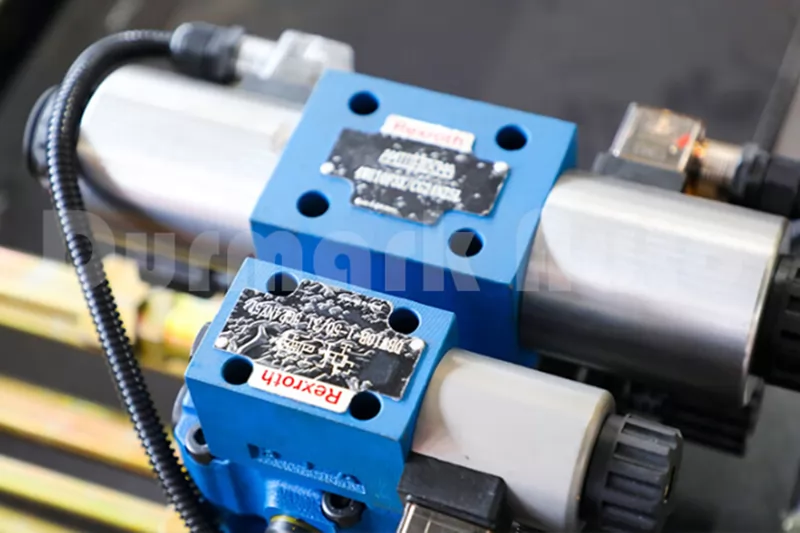 understanding of power presses, it's important to explore their definition, functionality, types, and key components.
understanding of power presses, it's important to explore their definition, functionality, types, and key components.
Definition and Function:
Power presses, also known as mechanical presses or stamping presses, are mechanical devices designed to apply force to materials, often with the purpose of forming, cutting, or shaping them.
These machines convert mechanical energy into force, which is then used to deform or manipulate the workpiece.
Types of Power Presses:
Power presses come in several variations, including:
Mechanical Power Presses: These presses utilize a mechanical flywheel and clutch system to generate and control force.
Hydraulic Power Presses: Instead of mechanical components, hydraulic presses rely on fluid power to exert force, offering precise control and consistent pressure.
Key Components:
Power presses consist of several crucial components:
Frame: The heavy-duty structure that provides stability and support for the entire press.
Ram: The moving part of the press that directly applies force to the workpiece.
Die Set: Tooling or molds used to shape, bend, or cut the material.
Power Source: This can be a mechanical flywheel and clutch or a hydraulic system, depending on the press type.
Control System: Operators use this system to regulate the press's speed, force, and operation.
Advantages of Power Presses:
Versatility: Power presses can perform a wide range of operations, making them suitable for various manufacturing tasks.
Efficiency: They excel in high-speed and high-volume production, improving overall efficiency.
Precision: Power presses provide precise control over force and speed, ensuring consistent and accurate results.
Durability: These machines are built to withstand heavy-duty use, known for their robustness and longevity.
Limitations of Power Presses:
Initial Cost: Acquiring and setting up power presses can be expensive.
Maintenance: Regular maintenance is essential to ensure smooth operation and prevent breakdowns.
Safety Concerns: Due to their high force capabilities, safety measures are crucial to protect operators and prevent accidents.
Material Type and Thickness:
The type and thickness of the materials you will be working with are fundamental considerations. Different machines are designed for specific materials, so it's crucial to match the machine to the material's properties.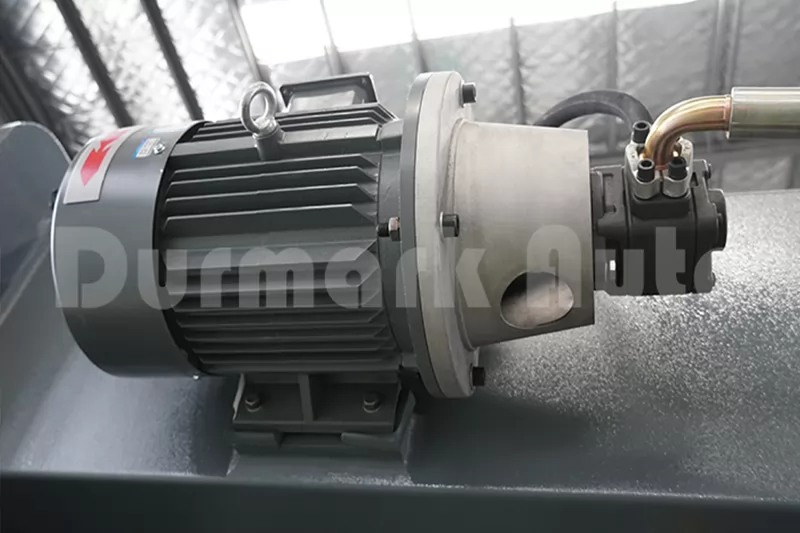
Understanding the material's hardness, ductility, and other characteristics helps determine the right machine for the job.
Application Requirements:
The specific tasks and processes you need to perform will dictate the type of machinery required. For instance, if you need to bend metal sheets, a press brake might be more suitable than a power press.
Consider the complexity of the operations, such as cutting, shaping, or joining, and choose a machine that can handle these requirements efficiently.
Precision and Tolerance:
Some applications demand high precision and tight tolerances. If your production requires exact measurements and consistent quality, you'll need a machine that can deliver such precision.
Consider the level of accuracy needed for your products and choose a machine that can meet those requirements.
Budget and Cost Considerations:
The financial aspect is a critical factor. Determine your budget and evaluate the costs associated with the machinery, including installation, maintenance, and energy consumption.
While it's essential to stick to your budget, also consider the long-term return on investment (ROI) and the potential cost savings a more efficient machine can bring over time.
Space and Shop Requirements:
The physical space available in your workshop or factory is a practical constraint. Ensure that the chosen machine fits within your facility comfortably.
Consider factors like clearance space, safety zones, and accessibility for maintenance and operation.
Ensuring security and proper maintenance of machinery like press brakes and power presses is essential to prevent accidents, maintain productivity, and protect personnel. Below, we outline specific security considerations and maintenance practices for both types of equipment:
Press Brake Security Considerations and Maintenance:
Machine Guards and Safety Devices:
Regularly inspect and maintain machine guards, such as safety light curtains and physical barriers, to ensure they are in working order.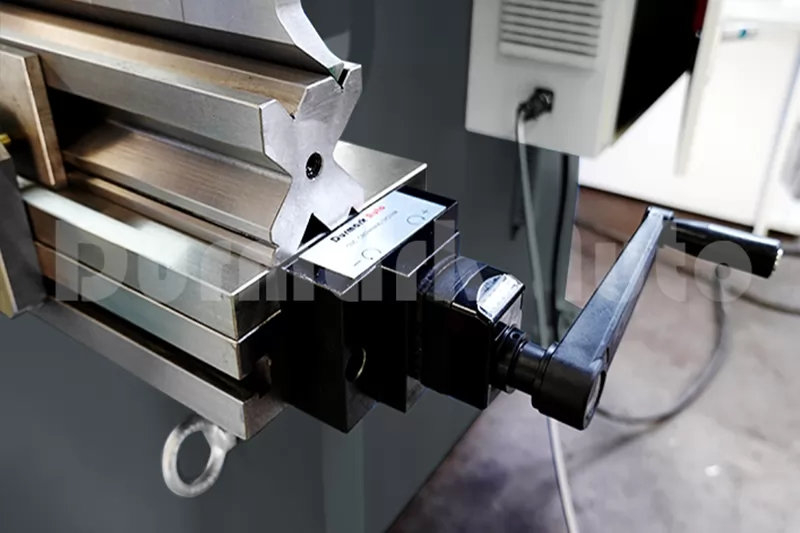
Conduct routine checks of safety devices like emergency stop buttons and interlocks to verify their functionality.
Operator Training and Awareness:
Continuously train operators in safety procedures, including proper machine operation and material handling.
Promote a safety-conscious culture by encouraging employees to report any safety concerns or near misses.
Tooling Inspection:
Inspect tooling before each use to check for wear, damage, or defects.
Develop a tool maintenance program that includes sharpening or replacing tooling as necessary.
Material Handling Safety:
Emphasize safe material handling practices to prevent injuries during loading and unloading of materials onto the press brake.
Implement procedures for securing and positioning materials securely.
Routine Maintenance:
Adhere to a regular maintenance schedule that includes cleaning, lubrication, and inspection of critical components.
Conduct preventative maintenance to identify and address potential issues before they lead to breakdowns.
Power Press Security Considerations and Maintenance:
Machine Safeguards and Die Blocks:
Ensure that machine safeguards, such as presence-sensing devices and two-hand controls, are functioning correctly and are not tampered with.
Always use safety blocks or die blocks when setting up and adjusting tooling to prevent accidental activation of the power press.
Operator Training and Certification:
Provide comprehensive training for power press operators, including the safe operation of the machine, tooling changes, and emergency procedures.
Certify operators who demonstrate proficiency and knowledge of safety protocols.
Regular Inspection and Maintenance:
Establish a strict maintenance and inspection routine that covers key components like the clutch/brake system, flywheel, and electrical controls.
Conduct regular inspections of the press to identify signs of wear, damage, or fatigue in critical parts.
Emergency Response Planning:
Develop and communicate clear emergency response plans for power press malfunctions, accidents, and injuries.
Ensure that all operators are familiar with emergency shutdown procedures and know how to respond in critical situations.
Safety Compliance:
Stay updated on safety regulations and standards specific to power presses, including those set by organizations like OSHA (Occupational Safety and Health Administration).
Ensure that your operation is compliant with all applicable safety requirements.
In conclusion, the decision between a press brake and a power press hinges on several crucial factors, including your specific application, material requirements, precision needs, and budget constraints. By carefully evaluating these considerations and weighing the pros and cons of each machine, you can make an informed choice that best aligns with your manufacturing goals.
Durmark is a comprehensive company integrating design, development, production and sales. If you have any questions, please feel free to contact Durmark!
.png)


